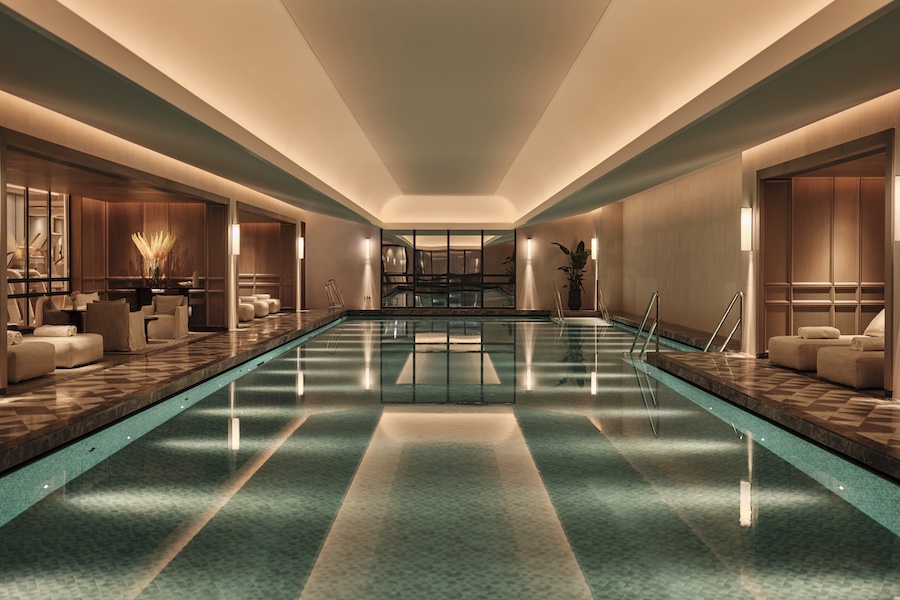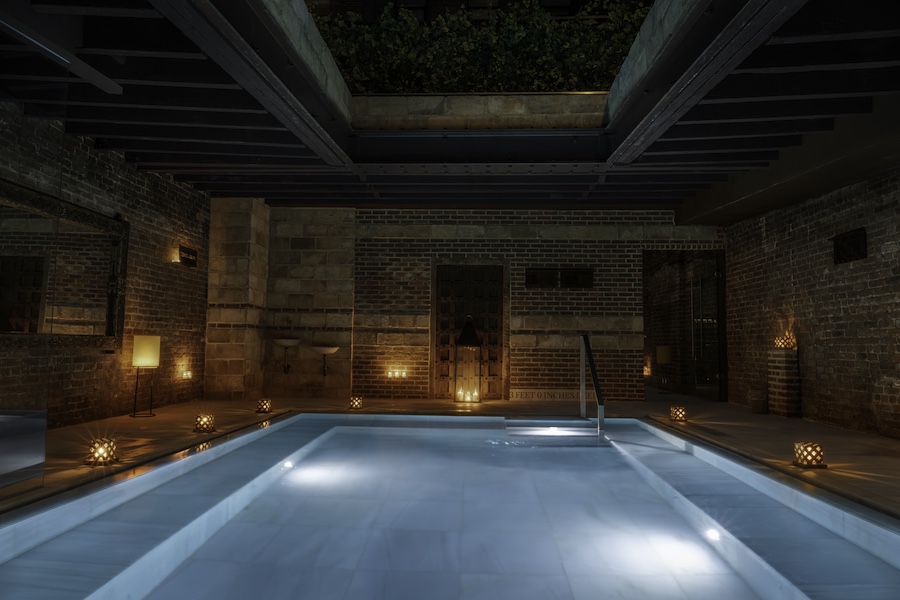As designers and property managers embrace sustainability, they often start with energy. Alyssa Quarforth, the Environmental Protection Agency’s Energy Star program manager for commercial markets, works with groups in commercial real estate, including retail, hotels and offices. Quarforth has watched green become embraced over the last few years and has had a front-row seat to the initiatives some of the biggest companies have launched to improve their sustainability. At this year’s Greenbuild International Conference & Expo, Quarforth moderated a panel on the value of energy star in the hospitality industry, along with representatives from Wyndham Hotels and Resorts and Best Western. Hospitality Design (HD) spoke with her for a few minutes after the panel about sustainable design and its impact on the hospitality sector.
HD: You said this is your first time at Greenbuild—how did you find the conference?
AQ: There have been really informative educational sessions and lots going on. In spite of the economic downturn, there has been a lot of uptake with this green movement and it’s very inspiring. Energy tends to be a hot topic, and, even if it’s not the sexiest thing to talk about, it gives you the biggest carbon savings and gives the most back to your bottom line.
In the session I moderated, we had a representative from Sabre Holdings, the parent company of Travelocity, as well as two case studies on how actual hoteliers are using the Energy Star tools and resources to improve their energy performance of their buildings. We discussed how they are educating and communicating their larger corporate green initiatives down to the franchisees and other members of the organization who are doing the property-level energy performance improvement.
It was about using the Energy Star platform to be able to communicate your larger green initiatives down to a range of audiences on the corporate and franchisee level, as well as learning how Internet-based services have helped travelers to find green hotels and how it has also helped hoteliers to communicate their efforts. We looked at how the rise of social media and the transparency that creates influence a traveler to choose a greener choice when they choose where to stay.
Some of these hoteliers own a number of properties, but they also have franchisees. It was a question of how do they communicate a consistent approach across the brand. Other organizations, like Best Western, have a different organizational structure where they don’t have franchisees; they have member services where all the buildings under the Best Western brand are individually owned and operated. So it’s a question of how do they incorporate their larger green initiatives and energy goals and push that down to these individuals, but still meet their goals as a brand. I think they’re embracing these platforms to show that it’s a value added for being part of this brand.
HD: What sort of challenges do you hear from partners who shift to Energy Star?
AQ: A lot of it is the education and communication piece—where they decide they want to go green or start their own initiatives. It’s a question of how they come up with a strategic approach to their energy management and to their green efforts and how they layer it from the top down, as well as to the franchisee level.
The question is "how do they communicate their goals in a consistent way that is easy to understand, since the sophistication level is different for different levels?" If you’re working with a mom-and-pop hotel, you have to put it in clear terms about tracking their energy consumption from month to month, and reporting this back to the headquarters. It’s a continual process and often times that can be a barrier to improving energy efficiency.
HD: What about retrofitting—what are the key pieces of advice that you’d give to a company making energy upgrades on existing buildings?
AQ: With respect to retrofitting or any kind of special commission of your building, where you’re swapping technology or making specific improvements, I’d encourage people to be sure to benchmark their energy consumption before, during, and after that process, so they can show the results that they’ve seen. If I’m upgrading my lighting and my building, I want to be sure that I’m actually getting the payback that I was expecting to get prior to installing that lighting.
But this measuring and tracking shouldn’t be a one-time practice, it should be a continual process. Just because your building is performing well one year, [doesn’t mean] things can’t change. Unless you’re continually tracking that, you’re not going to know whether you’re still meeting that mark.
HD: What do you think the next step is for energy efficiency and green building?
AQ: We have a number of retail and hospitality partners—including Kohl’s, JC Penney, Staples, on the retail side, and Marriott, Best Western, and Wyndham for hotels—that have really embraced the Energy Star platform. We’ve seen overall market pickup, not only with the end users of the managers or owners running the properties, but also with areas like travel websites such as Orbitz, Travelocity, and AAA that are also posting information on Energy Star-qualified buildings. Any traveler who prefers green options can search for that criteria in their database. The information is becoming more transparent not only from the property level but from the consumer perspective.
Also, there is growing engagement of state and local governments. They are putting out legislative policies that say, "building energy efficiency is important. It brings money to the bottom line and helps the environment. We’re mandating energy performance benchmarking for all of the buildings within our jurisdiction." In areas like Washington DC and California, they’re requiring public disclosure of the building performances. I think it’s a movement we’re seeing in the U.S. and it will continue to grow. Those that are benchmarking now are ahead of the curve.


